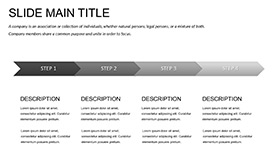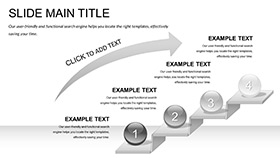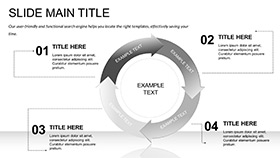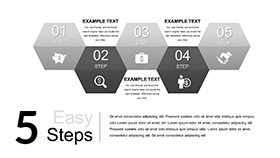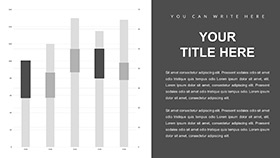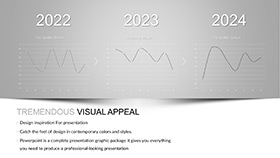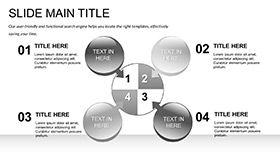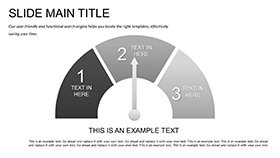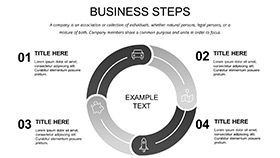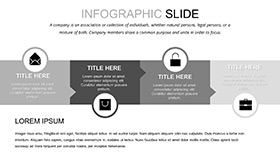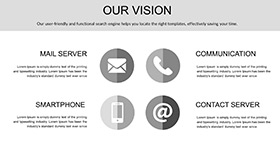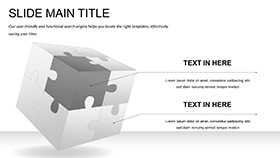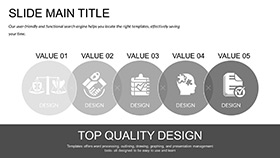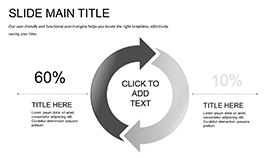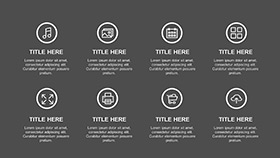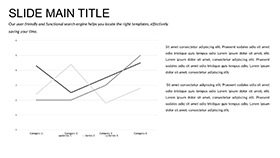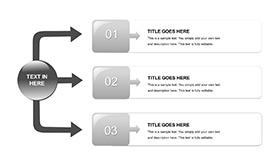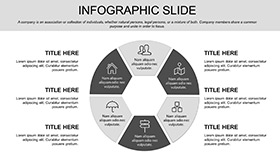Teaching Python loops or contrasting Java vs. C++ can quickly devolve into syntax overload if your slides don't guide the eye. The Programming Language PowerPoint Template Guide rescues that, offering coders, educators, and devs a structured yet flexible arena to unpack algorithms, paradigms, and paradigms with elegance. Boasting 28 infographic-rich diagrams within three thematic masters and backgrounds, alongside seven code-friendly color schemes, it's the go-to for making abstract logic pop in classrooms, code reviews, or tech meetups.
Its secret sauce? An orderly aesthetic that mirrors clean code - spaced layouts for annotations, syntax-highlighted placeholders, and visuals that clarify without complicating. Dive into object-oriented breakdowns or functional mappings, emerging with decks that empower rather than exhaust.
Key Building Blocks for Code-Centric Slides
Anchored by three masters - for basics, advanced topics, and recaps - the 28 diagrams encompass flow logic trees, data structure visuals, and error-handling matrices, all tweakable. Essentials:
- Code-Theme Colors: Seven palettes, from dark-mode blacks for late-night vibes to pastels for beginner sessions, with syntax pops.
- Infographic Arsenal: Ready-made for stacks, queues, or recursion trees, with editable nodes and branches.
- Annotation Spaces: Ample margins for snippets, ensuring diagrams breathe alongside explanations.
Slide 10's recursion diagram: Nest calls visually, color depths by iteration, and add base-case callouts - unraveling stacks intuitively.
Hands-On Applications: From Classrooms to Codebases
Instructors can use paradigm comparison charts (slides 7-9) to side-by-side procedural and declarative styles, populating with language examples. It demystified shifts for a bootcamp cohort, bridging theory to practice.
Devs in reviews leverage the API mapping slides (22-24): Trace endpoints with arrow flows, tagging params - streamlining handoffs.
For project overviews, the modular design diagram on slide 28 assembles components like Lego, highlighting dependencies for sprint planning.
Blueprint: Crafting Your Programming Presentation
- Set the Stage: Grab the foundational master for intros or deep-dive for algorithms.
- Engineer Diagrams: From 28 picks, build structures - input vars, connect logics, scale arrays.
- Color the Code: Apply a scheme suiting the lang, like blues for Pythonic zen.
- Animate Logic: Sequence steps to mimic execution, fading in outputs.
- Debug and Deploy: Proof with peers, tweak for clarity, share via cloud.
Beats raw PowerPoint with IDE-like previews, compatible 2016+ for dev ecosystems.
Clever Hacks for Programming Pitches
Embed live code runs via hyperlinks in snippet boxes (slide 4), pulling from GitHub. For levity, cartoon a 'bug hunt' in error slides, easing frustration.
Smart guides align pseudocode blocks; cap with summary funnels (25-27) to distill takeaways.
Version as .potx for course templates, iterating per semester.
Code your story vividly - snag the Programming Language PowerPoint Template Guide for $22 and compile success.
Frequently Asked Questions
Does it support multiple languages visually?
Yes, generic diagrams adapt to Python, Java, C++, etc., with placeholders for syntax.
Are there tools for data structures?
Indeed - dedicated slides for trees, graphs, and hashes, fully editable for custom examples.
Suitable for beginners or advanced?
Scalable for both, with simple flows for newbies and layered for pros.
Can I add code snippets easily?
Pre-formatted text boxes handle monospaced fonts, ready for copy-paste.
Animation for code flows?
Yes, step-wise reveals trace executions; customize timings in PowerPoint.






